Results
-
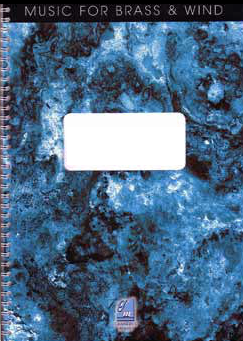 £69.95
£69.95ON ALDERLEY EDGE - Peter Graham
Additional Score: 24.95Additional B4 Score: 34.95The much acclaimed 1997 National Brass BandChampionships of Great Britain Championship Section Finals Test-Piece. Set test for the 2013 Swiss Open Brass Band Championships and the Grand Shield 2014.
Estimated dispatch 3-7 working days
-
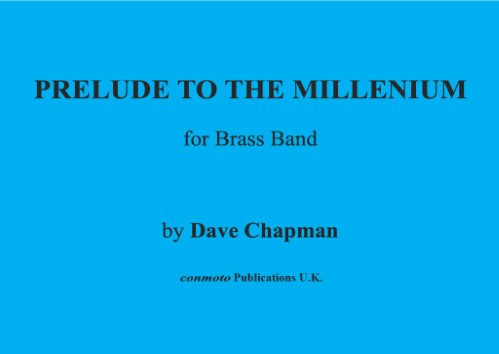 £8.50
£8.50PRELUDE TO THE MILLENIUM (score) - Chapman, Dave
If you require further information on PRELUDE TO THE MILLENIUM (score), please
In Stock: Estimated dispatch 1-3 working days
-
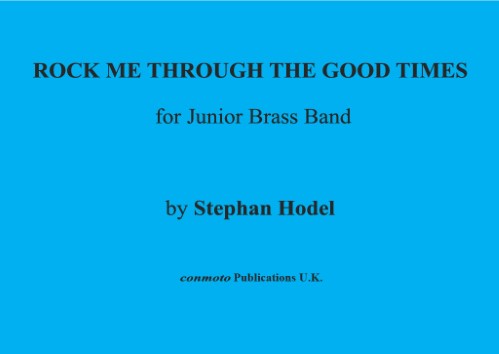 £8.50
£8.50ROCK ME THROUGH THE GOOD TIMES (score) - Hodel, Stephan
If you require further information on ROCK ME THROUGH THE GOOD TIMES (score), please
In Stock: Estimated dispatch 1-3 working days
-
 £27.50
£27.50PRELUDE TO THE MILLENIUM (score & parts) - Chapman, Dave
If you require further information on PRELUDE TO THE MILLENIUM (score & parts), please
In Stock: Estimated dispatch 1-3 working days
-
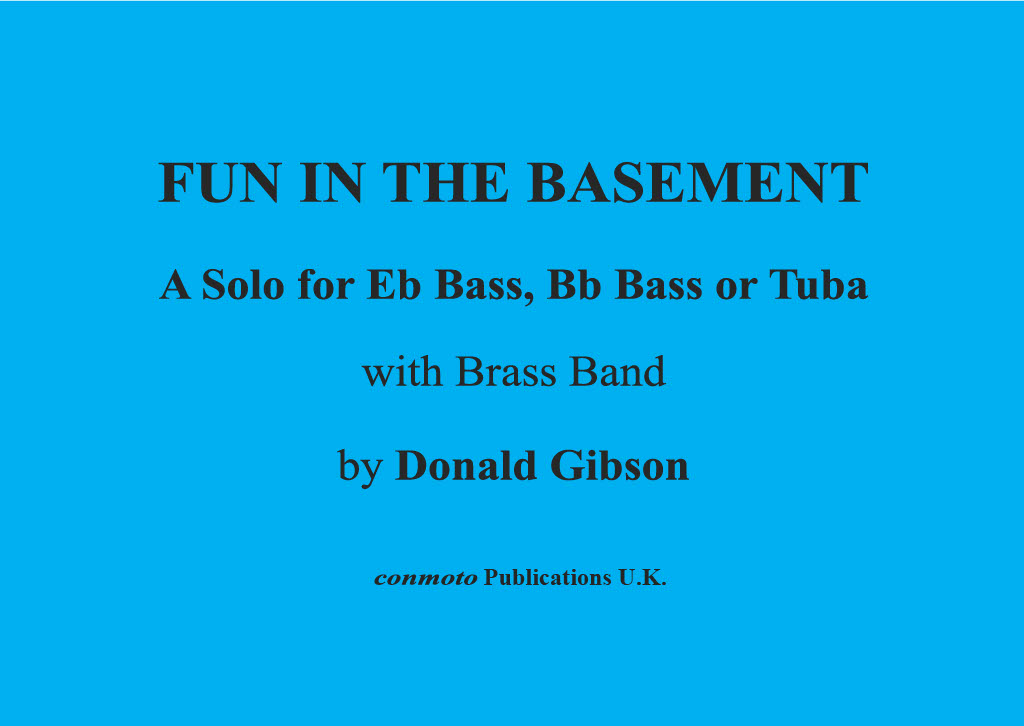 £8.50
£8.50FUN IN THE BASEMENT for Brass Band (score) - Gibson, Donald
If you require further information on FUN IN THE BASEMENT for Brass Band (score), please
In Stock: Estimated dispatch 1-3 working days
-
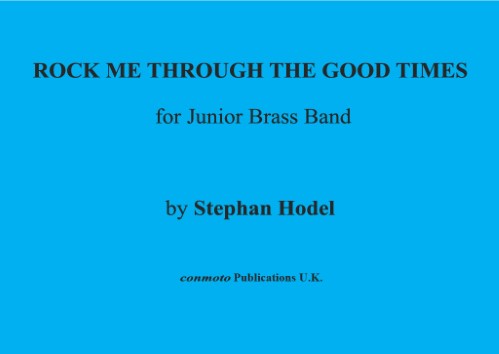 £27.50
£27.50ROCK ME THROUGH THE GOOD TIMES (score & parts) - Hodel, Stephan
If you require further information on ROCK ME THROUGH THE GOOD TIMES (score & parts), please
In Stock: Estimated dispatch 1-3 working days
-
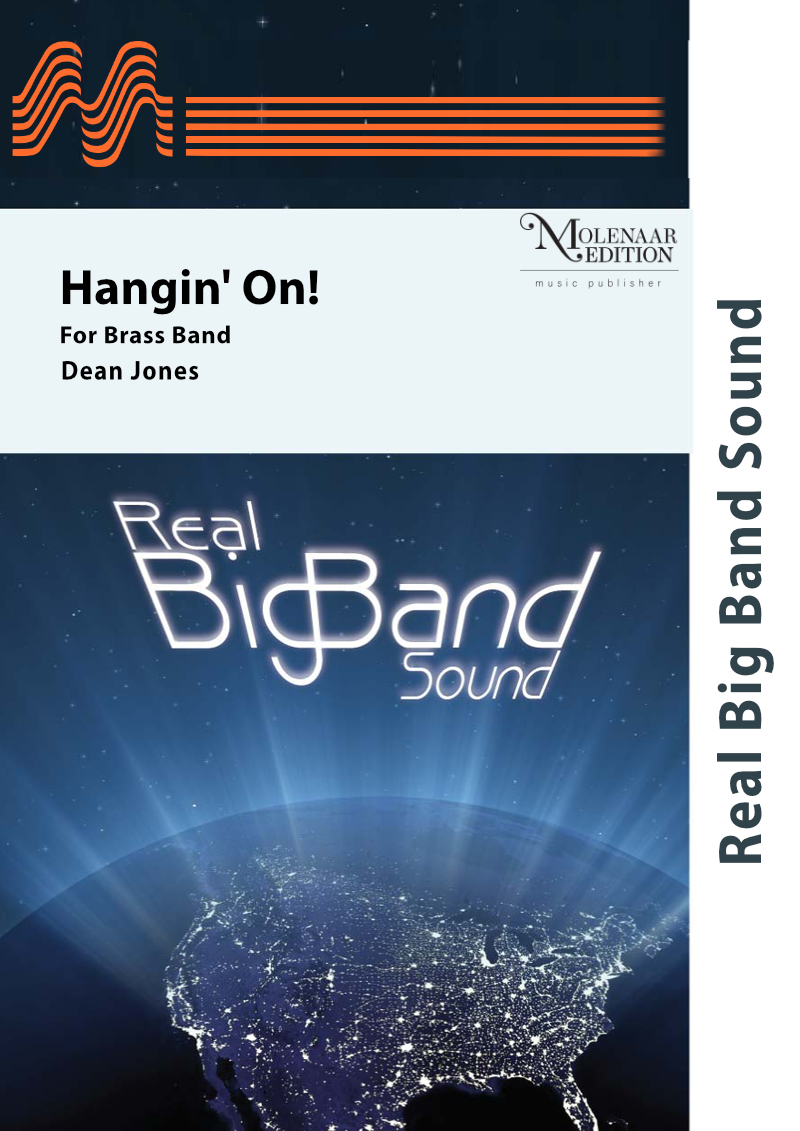 £72.00
£72.00Hangin' On! - Dean Jones
This swinging composition from the popular composer Dean Jones is a tribute to the much loved 'Light Walk' from Barry Gott. This is a delightful interlude during a heavy concert, and perfect for a summer evening's performance.
Estimated dispatch 10-14 working days
-
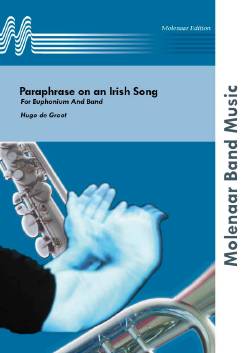 £72.00
£72.00Paraphrase on an Irish Song - Hugo de Groot
The traditional Irish melody "Londonderry Air" has been taken by dutch composer Hugo de Groot and used as the theme for this rich and singing composition
Estimated dispatch 10-14 working days
-
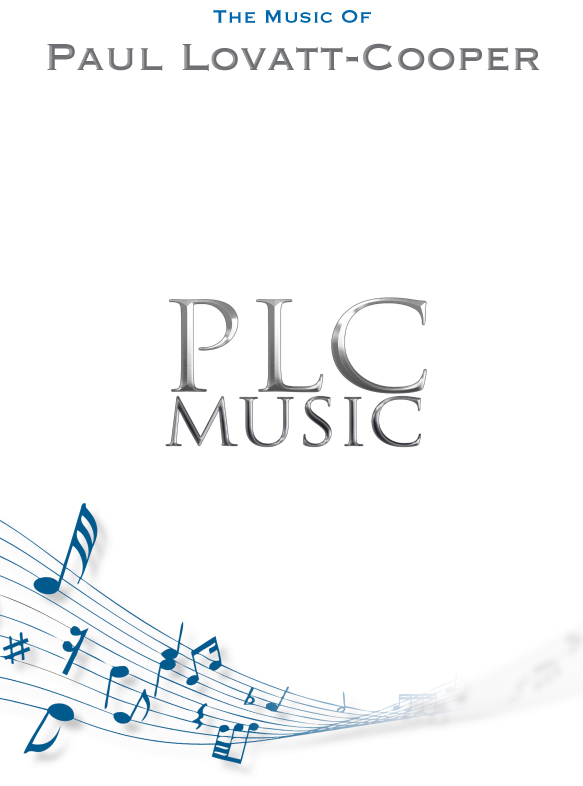 £44.95
£44.95The Final Voyage - Paul Lovatt-Cooper
The Final Voyage was commissioned by Carole Crompton on behalf of Bolsover District Council.
Publisher CLOSED indefinitely. Please Contact us for more details
-
 £60.99
£60.99Easy On Me - Michael Brown
Adele made a triumphant return to the pop charts with this poignant and soaring hit single. Christopher Bond's well-crafted setting uses varying textures and dramatic builds in bringing it to the concert stage.
Estimated dispatch 5-14 working days
